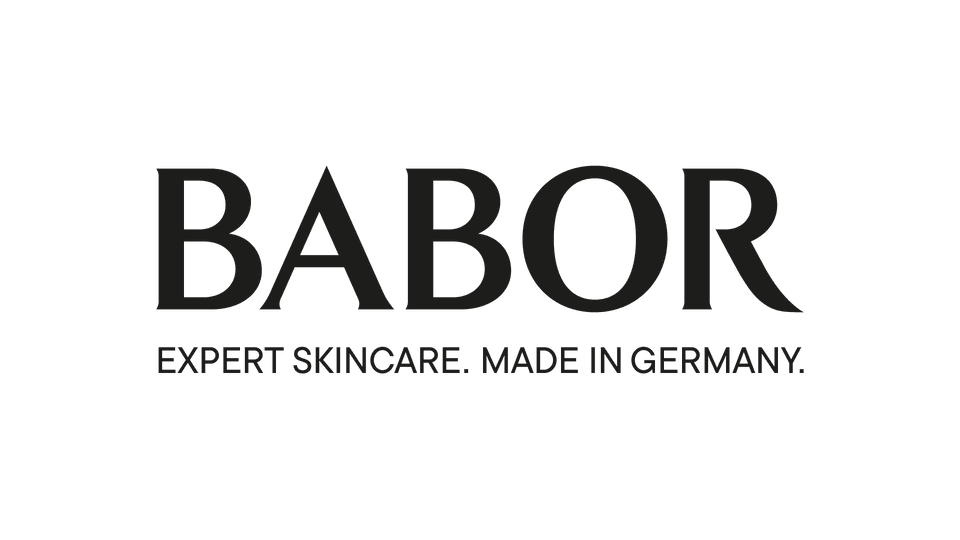Babor
Succes Story
Simultaneous production planning for more agility in the cosmetics industry
Increasing customer demands in the cosmetics industry require manufacturers to be very flexible in production. BABOR, an international supplier of premium cosmetics, was also faced with the challenge of manufacturing its growing range of luxury skincare products sustainably and efficiently. With the ADD*ONE solution suite for simultaneous planning, the responsible planning managers at BABOR opted for optimization software that provides precise forecasts of deviations and bottlenecks as well as a cost-optimized production program in one system.

The great transparency is about being proactive and not just reacting. We can now compile selections and generate evaluations very quickly from the huge amount of information.

As a manufacturer of cosmetic products, the company must be able to respond quickly, flexibly, and at any time to the requirements of the dynamic cosmetics market because unforeseen changes occur every day. For BABOR, agile action is, therefore extremely important.
Until now, BABOR had been planning with an ERP system that made it virtually impossible to take a comprehensive look at all the restrictions. Despite a great deal of experience, responsible planning managers were increasingly reaching their limits with the figures from the ERP system. The company, therefore, looked for optimization software that could map the SCM processes in one flow, without media breaks, and that could provide precise forecasts of deviations and bottlenecks.
BABOR opted for integrated planning and control of its supply chain processes with the ADD*ONE solution suite. This was also intended to achieve optimized networking between operations and the sales area.
The planning software simultaneously takes into account both the capacitive feasibility and the availability of the goods when determining the lot sizes. This simultaneous planning approach combines the normally successive planning phases of material requirements and lot sizing, lead time scheduling, and capacity balancing in a single step, thereby generating cost-optimized and feasible production lots. Reliable statements about future requirements and economical inventory management complement the holistic planning approach.
CHALLENGES
RESULTS